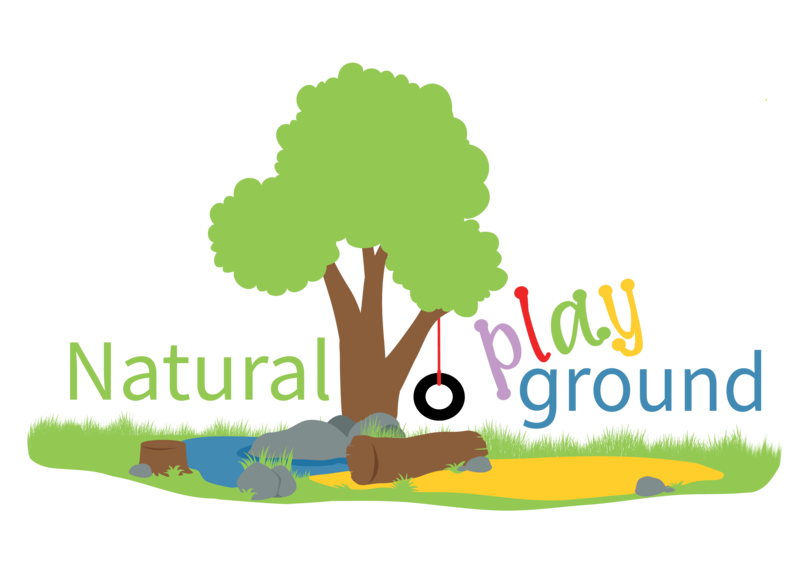Tool 3 Playground Dreams
Explore what you want to include in a playground by defining opportunities and activities for all types of plays and ability levels.
This tool forms part of your needs assessmentNeeds Assessment A systematic process for determining and addressing needs, or gaps between current conditions (where we are now) and desired conditions or ‘wants’ (where we want to be)..
When do you use the Playground Dreams tool?
You should use the Playground Dreams tool at the start of a project to help you define what you want to include in a playground.
A good natural playground offers opportunities for all types of play. Use Figure 12 as a guide on the different types of play to include in your playground. The playground should cater for all the senses (see, hear, touch, smell, and taste) and have activities and opportunities for users of all ages, abilities, and developmental stages.
Who can use the Playground Dreams tool?
- Individuals
- Groups or teams
- Workshop facilitators
How do you use the Playground Dreams tool?
Work through the tool and come up with as many ideas as possible to complete each block. In each block, write down what activity or opportunity you would like in your playground for that type of play. You can do this exercise on your own or with small teams or groups at a community participation workshop. The more people who contribute to the worksheet, the more ideas you will have.
Remember that there are no right or wrong answers. Just come up with as many ideas as possible. When you plan, you can decide what to use or not to use. Make sure to include activities and opportunities for children younger than two years and for children with disabilities.
Playground Dreams
It is not always possible to fill every block with play ideas and many ideas will overlap across types. If you’re stuck you can always look at Section 1 to refresh your memory on the different types of play and examples of each.


